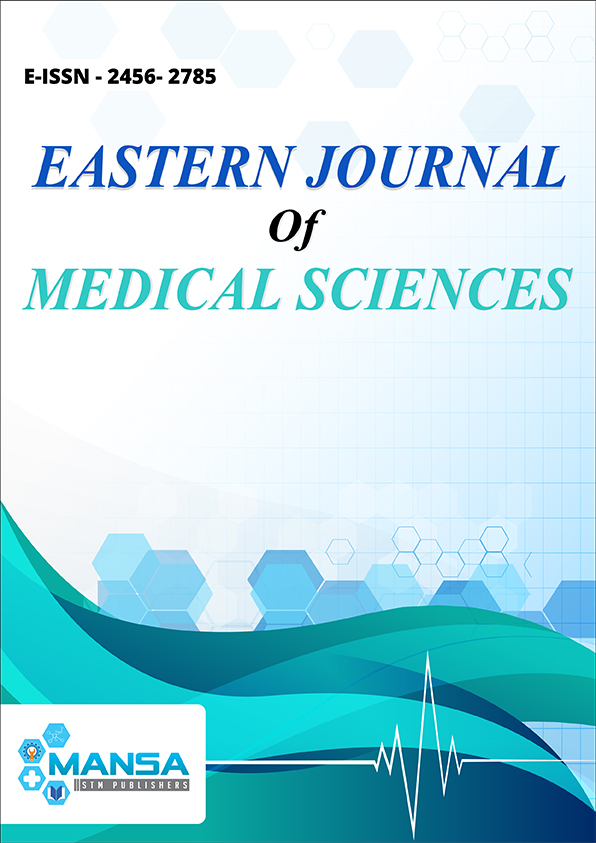Tuberculosis in pregnancy
Keywords:
Pregnancy, Pulmonary tuberculosis, TeratogenicAbstract
Tuberculosis (TB) is one of the oldest diseases known to affect human being. In 2012, out of the estimated global annual incidence
of 8.6 million TB cases, 2.3 million were estimated to have occurred in India. The disease is responsible for killing more women of
reproductive age than all the combined causes of maternal mortality. The exact incidence of TB in pregnancy is not readily available
in many countries due to a lot of confounding factors. It is, however, expected that the incidence of TB among pregnant women
would be as high as in the general population, with possibly higher incidence in developing countries. Pregnancy has no positive
or negative impact on TB. The clinical presentation of TB is similar to nonpregnant woman but the diagnosis is often delayed
due to nonspecific early symptoms and has similar constitutional symptoms like malaise and fatigueness found in pregnancy. The
bacteriological diagnosis sample should be processed for tests such as ZN-stain, light-emitting diode microscopy, Gene-Xpert,
and gold standard test culture. Treatment of non-multi-drug resistance (MDR) patients should be treated by the same regimen as
nonpregnant patients except the use of Streptomycin. The most of the second-line anti-TB drugs are teratogenic and so expected
mother with MDR-TB should be advised to terminate the pregnancy.

